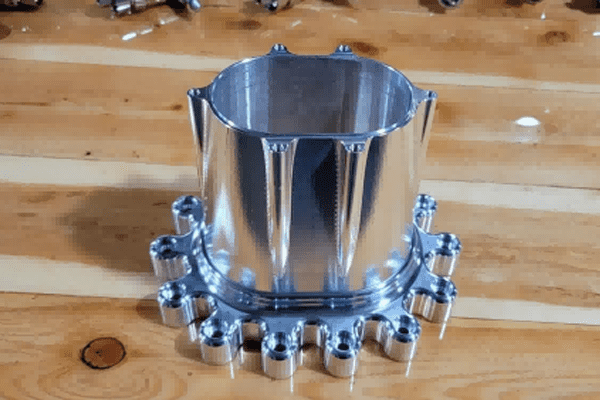Show your customers and investors a physical model of your product
Demonstrate the appearance, dimensions and features of your product
Test the market with your product before production
Save time and money by identifying and reducing design flaws
Improve and streamline the production process
Create multiple versions with different colors, surface textures and finishing processes




